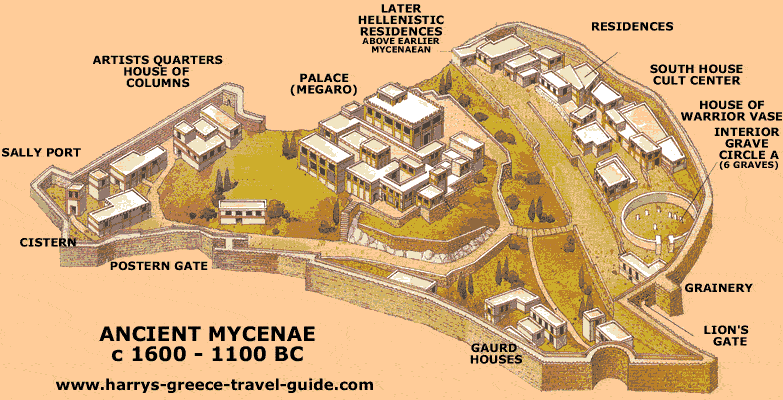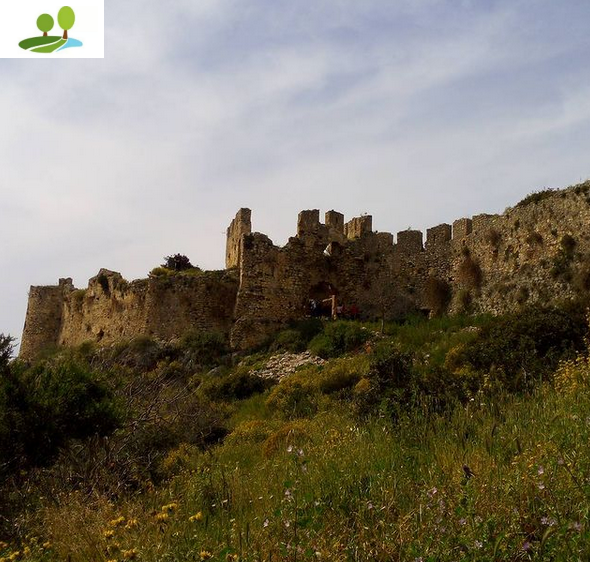Interesting research created by our Ancient Studies students:
- "Syncretism in Pompeii"
- "New Perspectives on Old Views"
- "Effects of the Latin Deponents on the Early Sardinian Analytic Perfect"
- " Cultural Property or Trophy Case: The Display of Repatriated Antiquities in the Museums of Naples, Paestum, and Aidone"
- "The Megaron at Pylos: A New Interpretation"






 The Megaron at Pylos: A New Interpretation
The Megaron at Pylos: A New Interpretation
Jarrett L. Farmer
Michael F. Lane, Adjunct Assistant Professor, Department of Ancient Studies
The Late Bronze Age (1500-1100 BCE) Greek Palace of
Nestor at Pylos contains a room at its core with a central hearth, a
vestibule, and a porch, to which archaeologists give the Homeric label
“megaron,” that is consistently described as a “throne room.” Closer
attention opens this label and implicit interpretation to question.
During field school last summer, I visited the Palace of Nestor and
related museum, and I noticed the close attention that archaeologists
had paid to the palace’s other rooms. In contrast, the “throne room”
idiom implies an uncritically assumed vision of kingship that does not
explain the functioning of social power on the basis of archaeological
evidence. In order to correct this fundamental error in method I
conducted a detailed study of the Pylos megaron, paying close attention
to its features and associated finds, and to other areas in the palace,
and compared them with contemporary megara at Tiryns and Mycenae. In the
process, I demonstrated how the archaeological record warrants quite
different interpretations of the megaron, and by extension, certain
models of power in Mycenaean society. In doing so, I hope to have shown
that Mycenaean society was more complex than has so far been assumed.
This work was funded, in part, by the
Christopher Sherwin Award from the UMBC Department of Ancient Studies,
and through an Undergraduate Research Award from the UMBC Office of
Undergraduate Education.



Δεν υπάρχουν σχόλια :
Δημοσίευση σχολίου